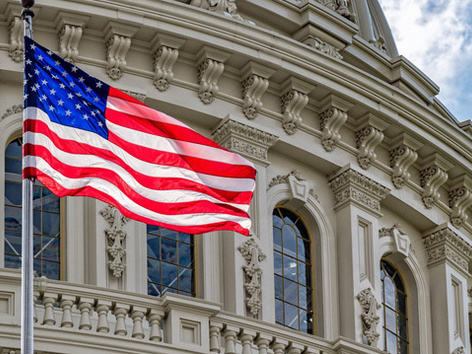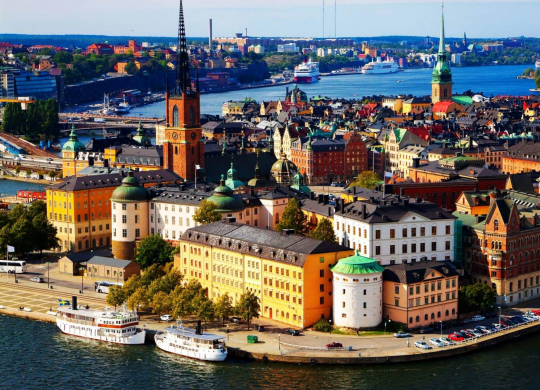How life is organized in the Baltic and Scandinavian countries: key differences from Ukraine
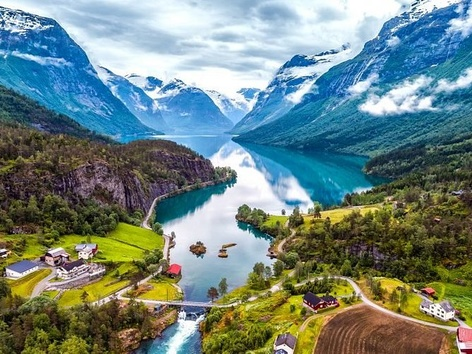
The high standard of living encourage more and more Ukrainians to choose to move to the country in the North of Europe. However, as in every region, there are certain peculiarities in the life of the Baltic and Scandinavian countries that are interesting to learn about in advance.
The first thing that will surprise Ukrainians during a trip to the Baltic countries and Scandinavia is white nights, a natural phenomenon observed in the region in summer. During the white nights, it is not completely dark at night, and some cities do not even turn on the street lights at this time. The moon hangs parallel to the sun at night.
Baltic countries and their features
Compared to other countries of the former Soviet Union, it was the Baltic countries that managed to raise their standard of living to European standards.
People are calm and friendly. The Balts are in no hurry, speak slowly, and make balanced decisions. They don't like to refuse, so you will often hear from them "later". Due to such measured life, the Balts are not punctual enough, being late for a meeting is not a tragedy. Due to the fact that these peoples respect peace and their own space, they rarely invite guests and do not approach with hugs and kisses. It is also not very common to smile at strangers on the streets. They like to decorate their homes with flowers and light candles.
Prices in the Baltic States are quite moderate compared to other European countries. Most products are priced on par with Ukraine, and some are even cheaper. Housing rent and utilities are also relatively affordable.
The healthcare system is developed. Doctors undergo training abroad and use advanced technologies in their work. To receive medical services free of charge, the patient must have medical insurance.
Popular jobs for foreigners include truck drivers, engineers, construction workers, doctors, programmers, and social workers. Knowing the language will make it easier to find a job and live. They are not difficult to learn, have many similarities with Slavic, but the influence of German and Swedish languages is noticeable.
In the Baltic countries, fewer and fewer young people know Russian, but they communicate in English without problems. The older generation is the opposite. Residents of the states consider Ukrainians as brothers and respect them for their struggle for independence. Therefore, the support of the local population is very high.
Peculiarities of life in the Scandinavian countries
The first thing that strikes Ukrainians when they move to Scandinavian countries is cleanliness, order, plenty of greenery and silence. The advantages also include: ecology, security, state support, social sphere and dimension of life.
The climate in the countries is similar to Ukrainian, but the winter is longer and harsher, although there are far fewer cloudy days. In summer, there is practically no heat.
Scandinavians are tolerant, respect personal space, and are quite punctual. Being late for them is considered disrespectful. However, cases are completed strictly on time, no one works overtime here.
Teachers and doctors in Scandinavian countries are considered representatives of prestigious professions. Physical work is also highly valued.
Residents of the countries are responsible for the environment: they sort garbage and treat natural resources with respect. Here, 95% of garbage is recycled or burned for heating. In Sweden, this indicator is even higher - 99%.
Public transport is not cheap, but it operates according to the schedule and has a high level of comfort. Citizens also prefer bicycles.
Taxes are high, but corruption is practically absent. People understand where they pay money, because the roads are perfect, the level of medicine, education and social security in the countries is at the highest level.
Scandinavian style is currently a popular direction in design, which is characterized by restraint. Architecture, everyday life, clothing - everything is quite simple, but thanks to the absence of excessive decorations, the natural beauty is preserved. In the houses, everything is thought out to the smallest detail. For example, in order to save space, few Scandinavians install their own washing machine in the apartment, and use common ones for the house. Some of the houses boast their own sauna and storage lockers.
The health care system is quite specific, but it is worth understanding that Scandinavians do not like to be treated very much. In the case of a cold, staying at home is considered the best medicine. In order to receive a doctor's consultation, you must have health insurance.
Children are provided with free medicine, even dentistry. Many circles and sections. Digital support in schools - it is possible to get a tablet or a laptop.
Languages are difficult to learn, but knowledge of the language is essential for successful employment. Finnish, Norwegian and Swedish belong to the Scandinavian group of languages. The grammatical structure is close to German.
Food and soft drinks in the Nordic countries cost about 20% more than the EU average. The difference in alcohol prices is about 40%, and the cost of goods and services differs by about 23%.
Photo: tripadvisor
Recommended articles
3 min
Für Flüchtlinge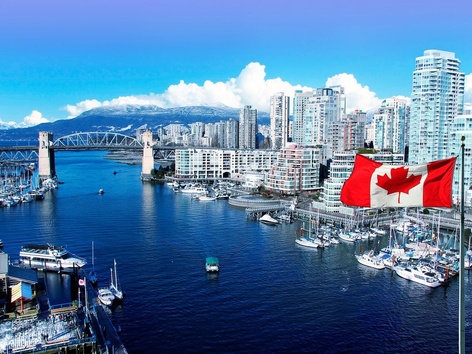
Canada: rules of entry and residence in 2024. What Ukrainians need to know? (updated)
Ukrainians wishing to go to Canada in 2024 should familiarise themselves with the new immigration rules, as the government of this country has made adjustments in this matter. Find out how to get to Canada, what documents are needed and whether there are now programmes for Ukrainian citizens
14 Mär. 2024
More details2 min
Popular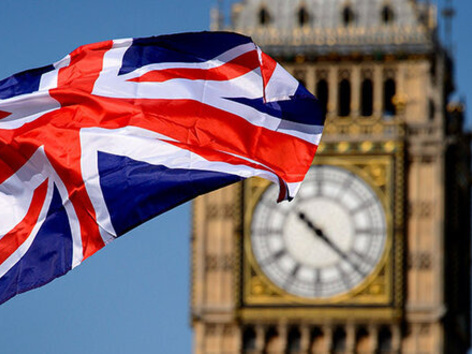
2 min
Popular